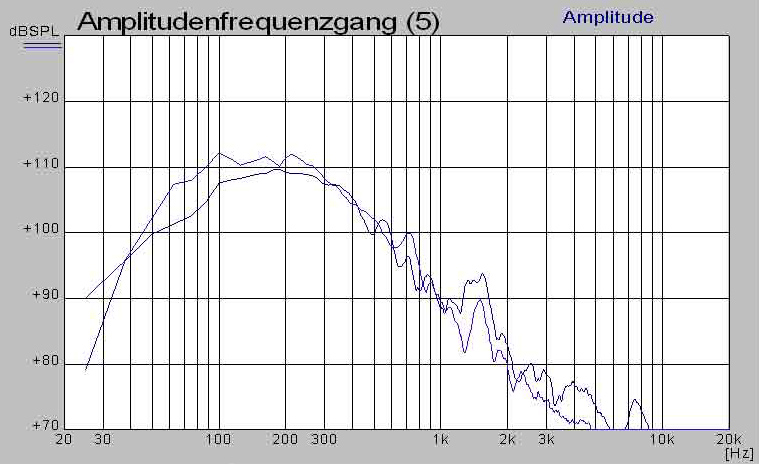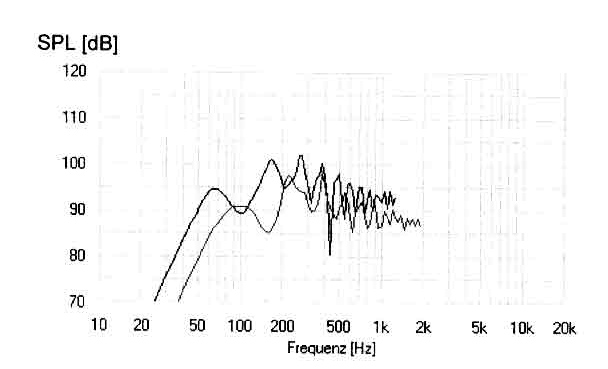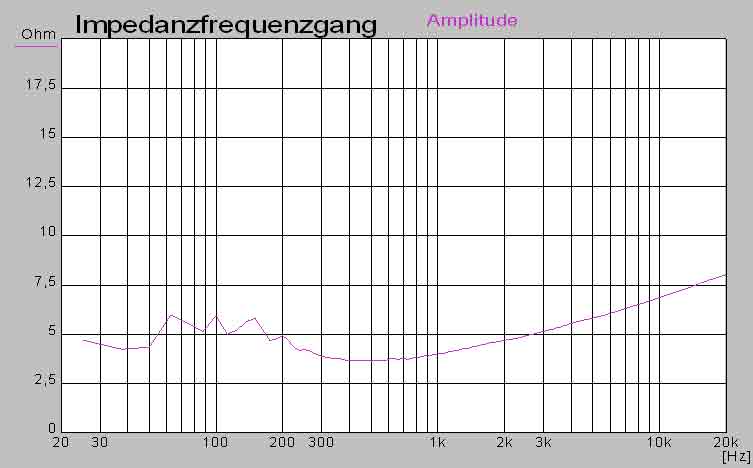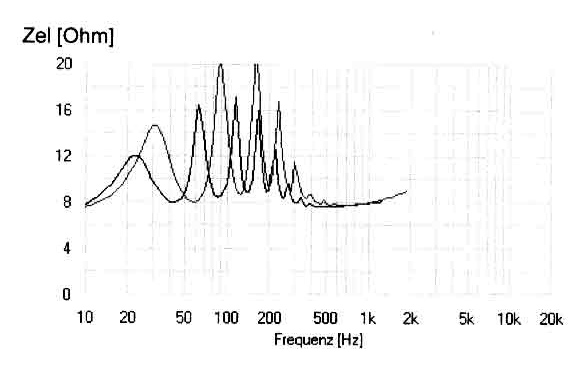Rerurn to Romy the Cat's Site
In the Forum: Horn-Loaded Speakers
In the Thread: Other Ways of getting Special Tone from a loudspeaker.
Post Subject: Paul S.Posted by moreart on: 12/5/2009
fiogf49gjkf0d
Hello,
"I am not sure what you are asking about, or what exactly you are promoting, but I do not agree with lightweight, square-section horns, because I have never heard one that worked,"
i promoting nothing ,
i gave only an info about a world novelty,
you cant´heard it anywhere because it is unique
and i know no construction like my double horns,
my solutions developed until 1972.
here my text you didn´t read:
What makes the membrane movement cross setting and bass horn mouth distance?An extension of the low-transmission area by at least one octave, reducing the housing volume by
up to 50%, in comparison to a single driver solution. Indirectly right / left radiation and bass horn
mouth distance prevents sound pressure increase over 100 Hz, reduction and linearization of
membran stroke gives a very fast, tight, contoured and clean bass response, with outstanding
properties. The double horns here presented are an unexpectedly sensational development of
the horn principle, that "less is more" once comes so true I could not expect.
The theory may now in some areas relativized and rewritten.
My research shows clearly: in normal living rooms is the funnel constante and length
of a bass horn far more important than the horn mouth opening.
That nobody got this the last century is absolutely incomprehensible.
Particularly me in the subsequent search of psycho acoustic effect of
residual tone by triad orgel sounds, Wiki:
"This phenomenon has long been used in organ:
At the same time use of the 8-foot and 51/3-foot, which is about a fifth,
You can hear the 16-foot, that is one octave below the 8-foot.
It can be a lack of fundamental simulate, in which two sound generator
on the octave, and the pure twelfth to the real root nonexistent concert at the same time. "
By the double horns the microphone measured the sound, so it can not be a
psycho effect. That the horn lengths are very close to the organ example,
seems to be a compelling optimization effect of the simulation, in real the
double horn works at least one octave below in the single simulations
expected frequency range.
Why is the bass of the double horns so tight, effortlessly and fast?
By membrane cross setting there are more bass, by bass horn mouth distance
no rise above 100 Hz. So the press chamber can be extremely small, both horns
are extremely small, also the air mass in the horn, also the wall distance in the horn.
That are also two reasons for the fast, contoured bass reproduction
and the relative small enclosure size.
sorry for translation errors
Membran movement cross setting:
My haptic verifications show a rather linear membrane
movement, similar an averaging. What could be less large
"change press ", which again the mechanical membrane charges
minimized and so sound and SPL maximized.




Rerurn to Romy the Cat's Site